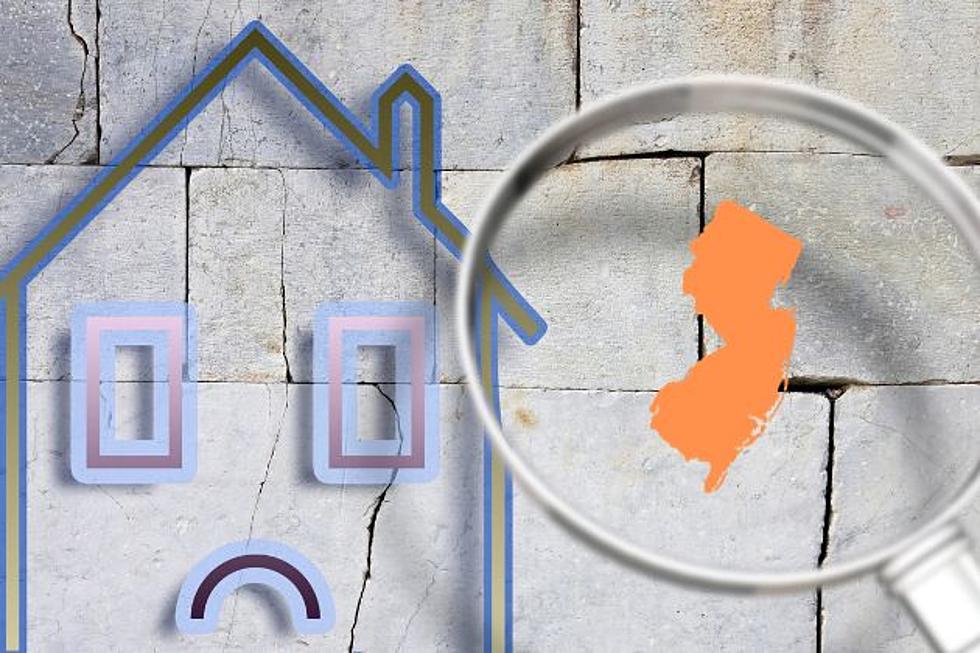
Cancer-causing gas is seeping into NJ homes
🏠 An odorless, tasteless gas can seep into homes through cracks and pipe openings
🏠 There are at-home test kits available at hardware stores
🏠 If gas levels are high, mitigation can cost thousands of dollars
The second leading cause of lung cancer may be hanging out in your home. Have you tested since moving in?
In New Jersey, the radioactive gas radon is detected at high levels in nearly 10% of homes, finds a report from the American Lung Association.
As part of National Radon Action Month, advocates are urging residents to know their risk.
What is radon?
Radon can't be seen, tasted or smelled, and may be seeping into your home through cracks in the foundation or walls, or other openings such as sump pits. It's a gas that occurs naturally from the breakdown of uranium in soil and rock.
"As we've done a better job of making our homes climate-friendly, we've inadvertently, potentially, made it harder for that radon gas to escape," said Michael Seilback, national assistant vice president of state public policy for the American Lung Association.
According to the American Lung Association, radon is responsible for an estimated 21,000 lung cancer deaths every year nationwide. It's the leading cause of lung cancer in people who have never smoked.
Your risk of health impacts from radon depends on the amount of radon in your environment and for how long you've been exposed.
Testing for radon
While you can't see radon, it's easy to tell whether your home is a problem spot.
You can hire a certified company to conduct a radon test or purchase a do-it-yourself radon test kit.
"You can get these tests at pretty much any hardware store, they're less than $10," Seilback said. "And anyone can do it, they're really easy to follow."
Long-term (months) and short-term (days) tests can be conducted. Either way, the testing device should be placed in the "lowest livable level of the home," according to the state Department of Environmental Protection. It should be at least 20 inches from the floor and three feet from openings such as doors and windows.
Tests should not be placed in areas exposed to direct sunlight, or in kitchens, bathrooms, laundry rooms, or closets.
Real estate transactions generally include a radon test before new owners move in. But homeowners are urged to test every few years to be safe.
DEP, the American Lung Association, and the Environmental Protection Agency recommend mitigation action when levels are recorded at or above 4 picocuries per liter. Mitigation may even be wise to consider when levels are greater than 2 pCi/L.
According to DEP, the most common type of radon mitigation system is a "sub-slab depressurization system," which seals cracks from the outside and vents radon through a pipe to the outside. The system can cost hundreds or thousands of dollars, and you're still advised to test for radon every couple of years to make sure the system is doing its job.
American Lung Association's latest State of Lung Cancer report finds that 9.8% of radon test results in New Jersey came in at or above the EPA's action level of 4 pCi/L.
Report a correction 👈 | 👉 Contact our newsroom
Restaurants that closed in New Jersey During 2023
Gallery Credit: Dan Alexander
LOOK: Best counties to raise a family in New Jersey
Gallery Credit: Stacker
More From New Jersey 101.5 FM









